With the range of wholesale spunbonded nonwoven polyester mat available on Alibaba.com, you will find an option to satisfy all your customers. As one of the world’s largest B2B marketplaces, we are proud to list non-wovens of all kinds including non-woven polypropylene, non-woven polyester fabric and non-woven filter fabric.
There are a wide range of applications for spunbonded nonwoven polyester mat. Disposable clothing like hospital gowns are commonly made from non-woven polyester that is easy to produce and can be made in many thicknesses. Additionally, disposable bed covers are also made from spunlace non-woven material. Articles like wet wipes and shopping bags are made from non-woven paper due to its biodegradable qualities. In comparison to plastic shopping bags, non-woven material made from natural fibers are a very environmentally friendly option.
Filtration is a key application of spunbonded nonwoven polyester mat. Due to its porous nature, non-woven manufacturers supply for a range of products including diaper covers, bag linings and more. For outdoor drainage, non-woven geotextile fabric is used to drain water in large areas while keeping the soil and vegetation in place. There are several other types of non-woven fabric available here including wool non-woven fabric that is used extensively in thermal blankets and other insulating products.
Look through our options and order today on Alibaba.com!
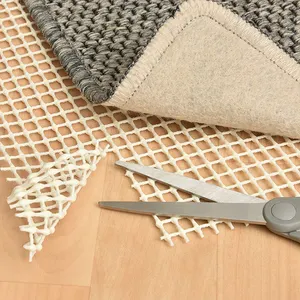




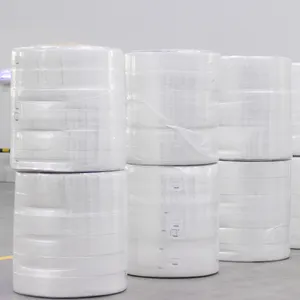





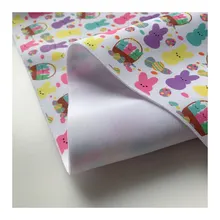
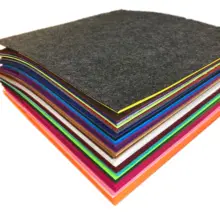


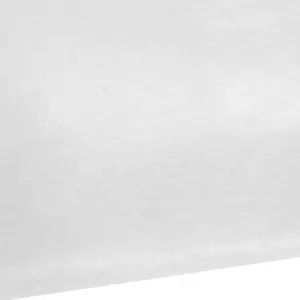



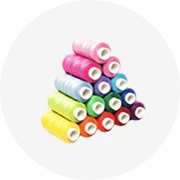

















 浙公网安备 33010002000092号
浙公网安备 33010002000092号 浙B2-20120091-4
浙B2-20120091-4